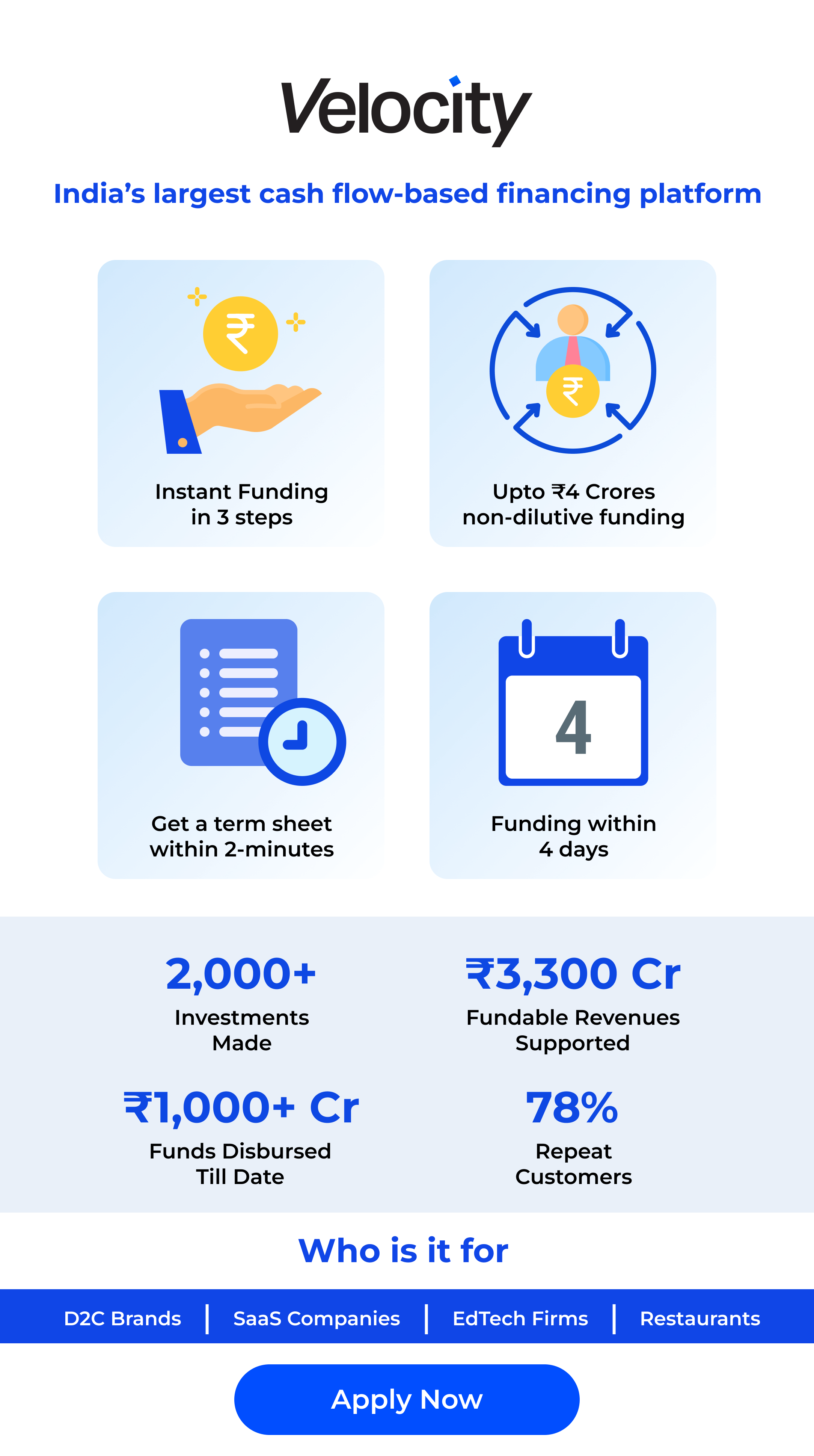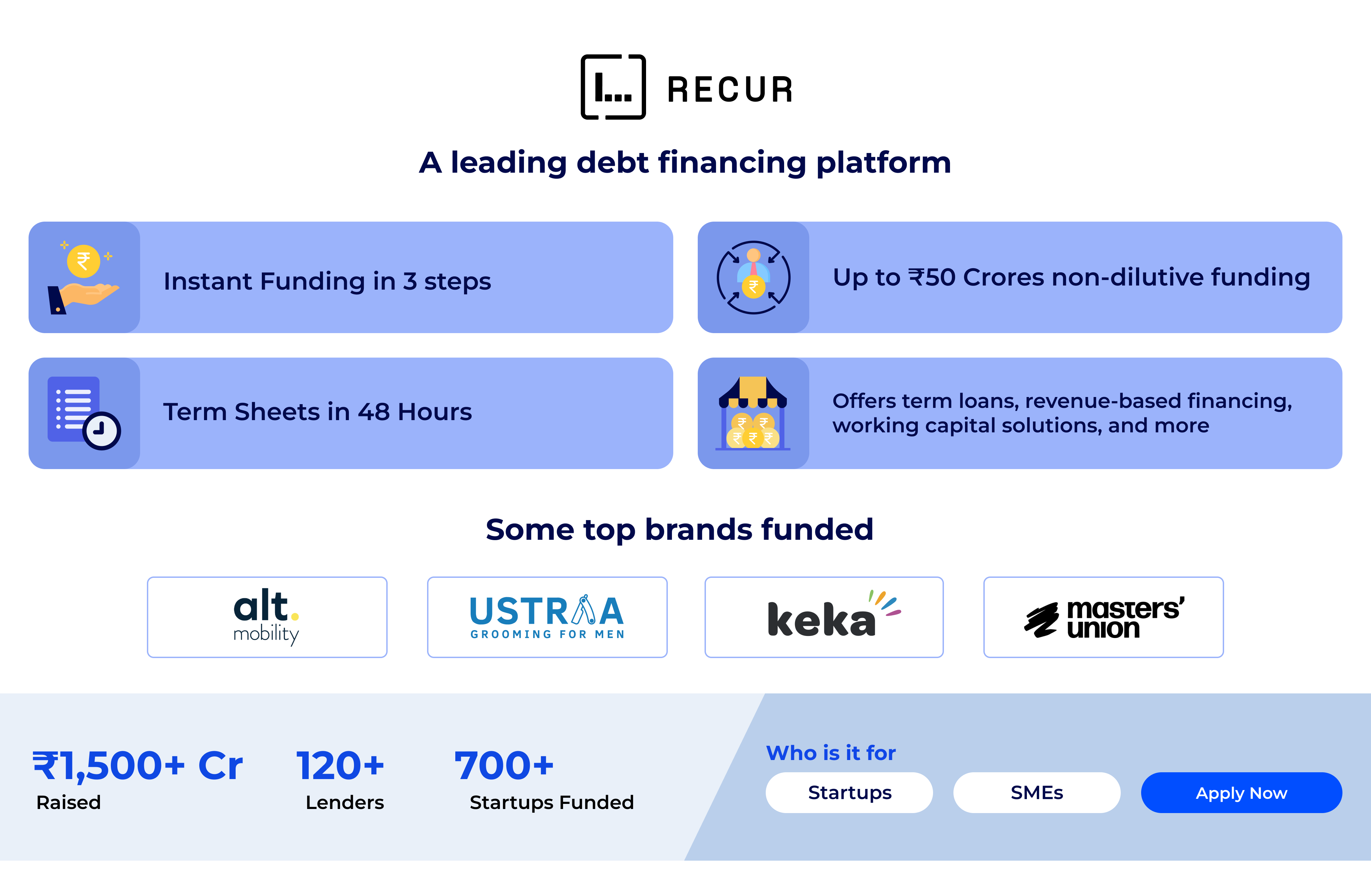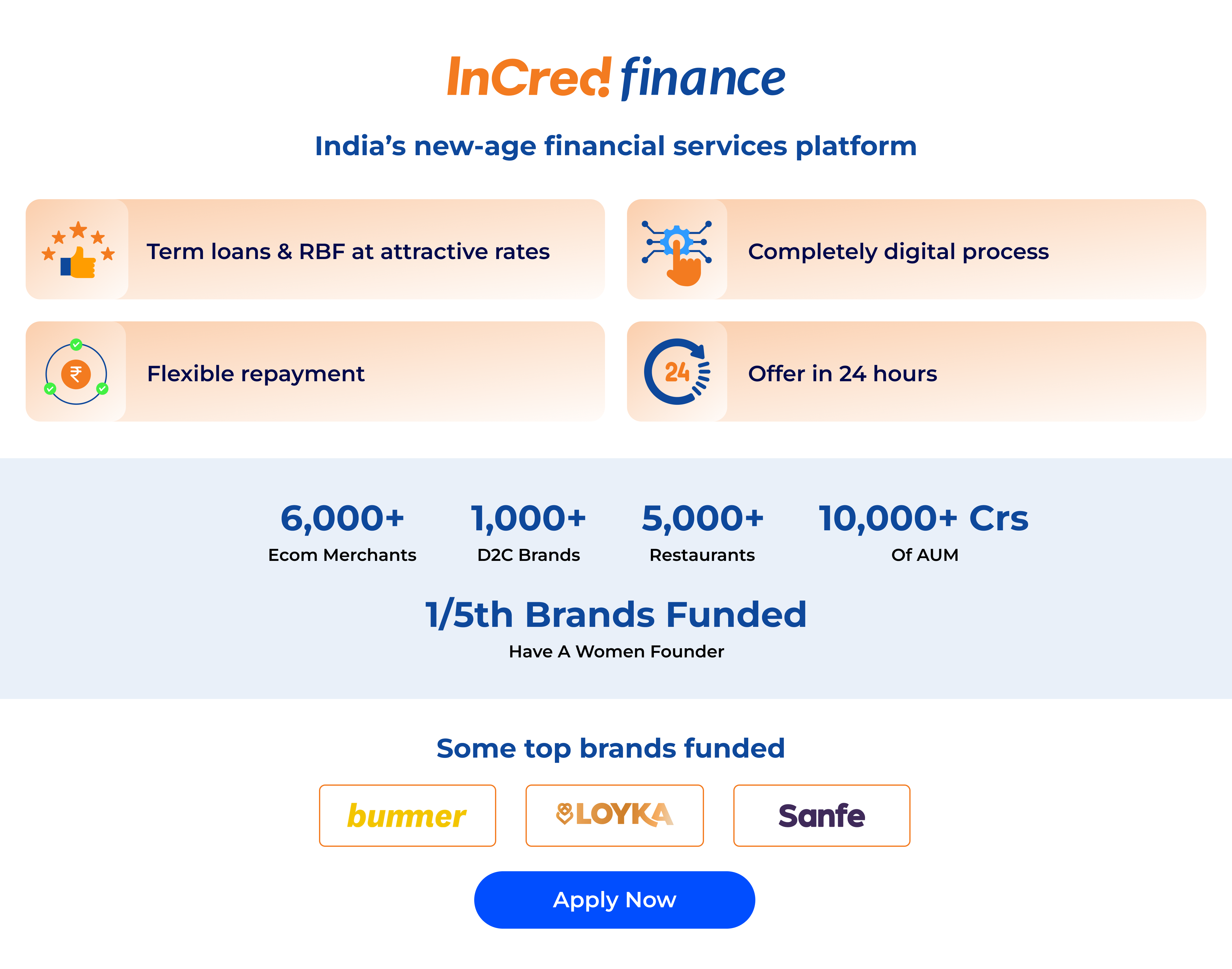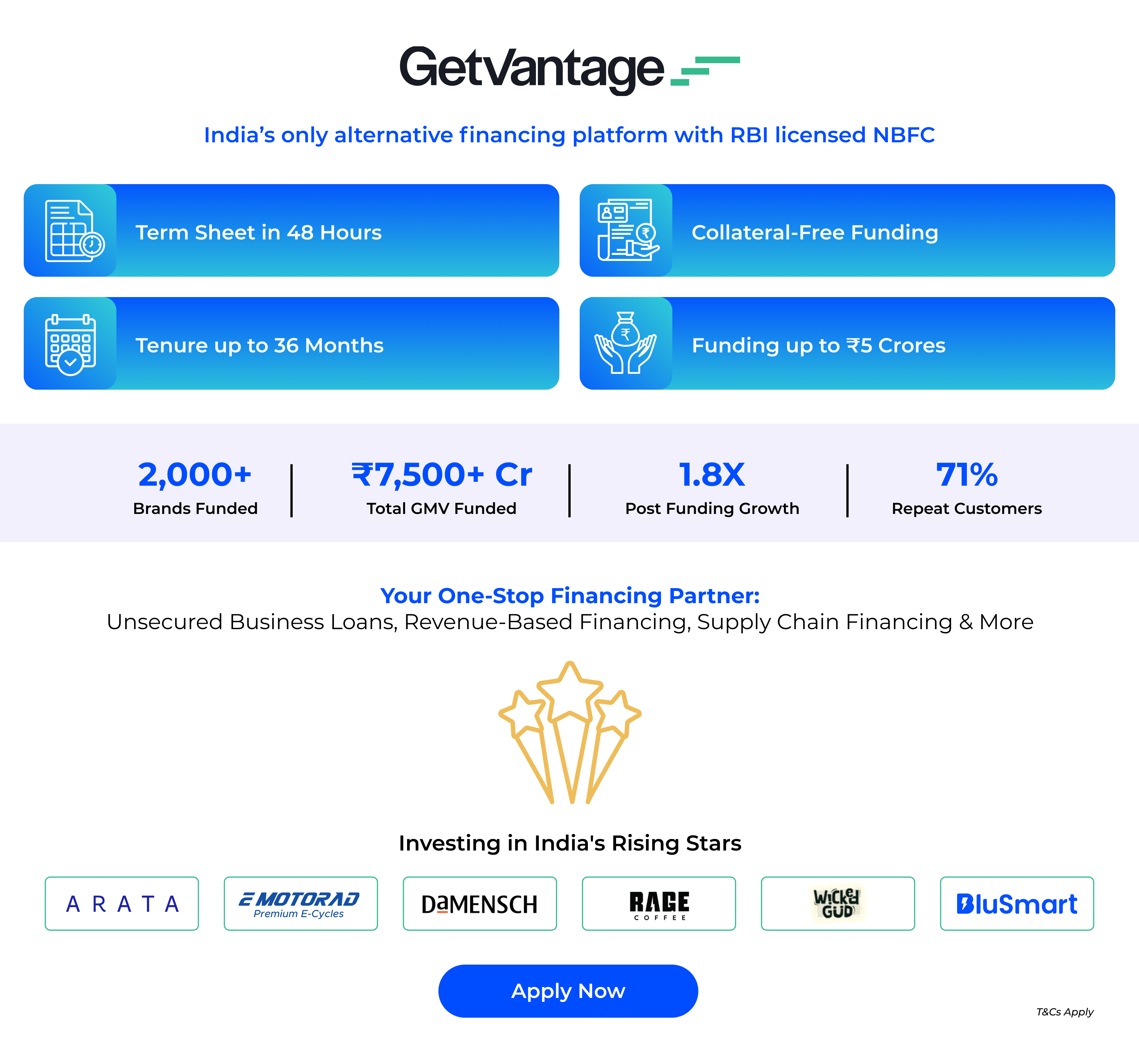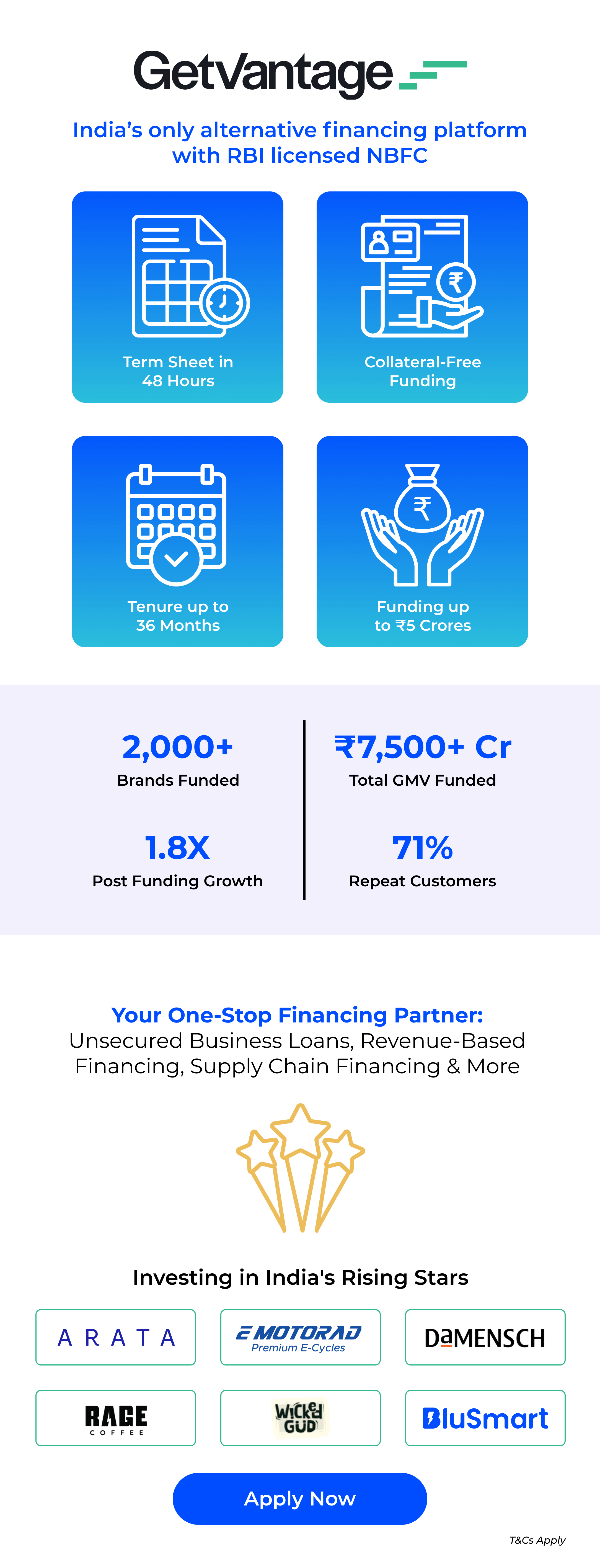Planning Pays Off: 5 Strategies to Get the Most Out of Your Delivery Speed Choice
July 31, 2024
5 min read
Introduction
It is no surprise that conversational marketing is extremely important and beneficial in this world of fast growing eCommerce brands. Brands must focus on providing customers with easy solutions and smooth communication and there is nothing better than WhatsApp API to effectively enable it. According to reports WhatsApp remains the top digital channel for conversational marketing.
Let’s explore how WhatsApp chatbots can be utilized in an effective manner to boost customer support.
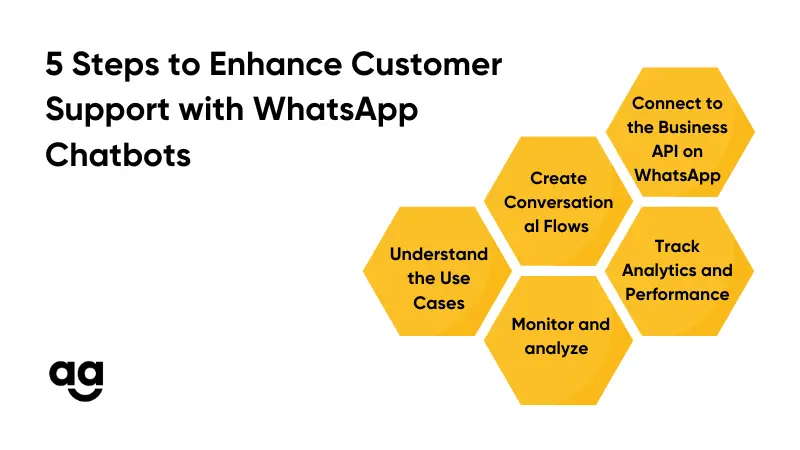
5 Steps to Enhance Customer Support with WhatsApp Chatbots
Step 1. Understand the Use Cases
Be certain of the use cases your chatbot will handle before you begin developing it.
Whether your chatbot is going to be used for order processing, responding to frequently asked questions, or making product suggestions, you can make sure it lives up to your clients’ expectations by using specific use cases to guide the development process.
Step 2. Create Conversational Flows
The next step in creating your chatbot’s conversational flows is to identify your use cases. Draw out the various routes that users can take to communicate with the bot and craft logical and interesting chat sequences. Think about adding natural language processing (NLP) functions to improve the chatbot’s comprehension and ability to react to user inquiries.
Step 3: Connect to the Business API on WhatsApp
To enable your chatbot to communicate with users on WhatsApp, you must link it to the WhatsApp Business API. Thanks to this API, businesses can send and receive WhatsApp messages in a safe and legal manner. to complete the integration process and ensure proper communication between your chatbot and the intended platform.
Step 4: Monitor and analyze
Make sure your chatbot is fully functional before making it available to the public. Keep an eye out for any faults or concerns that may arise and need to be fixed. Ask beta testers for their opinions, then make any required changes to enhance the user experience. Iteration is essential to making sure your chatbot provides your clients with the best service possible.
Step 5: Track Analytics and Performance
After going live, keep an eye on your chatbot’s performance and collect analytics data to measure user satisfaction, use metrics, and how well it answers consumer questions. Utilize this information to pinpoint problem areas and gradually enhance your chatbot’s functionality.
Wrapping Up
In the fast-paced world of e-commerce, WhatsApp chatbots provide businesses with a potent tool for improving client engagement and expediting communication. Through adherence to essential procedures such as platform selection, use case definition, conversational flow design, WhatsApp Business API integration, and performance monitoring, businesses can construct efficient chatbots that enhance customer support.
Frequently Asked Questions
Identify specific tasks your chatbot will handle, such as order processing or answering FAQs, to guide its development and ensure it meets customer needs.
Conversational flows are the structured paths or sequences that users follow when interacting with the chatbot, designed to make the conversation logical and engaging.
Integrate your chatbot with the WhatsApp Business API to enable secure and legal communication between your chatbot and users on WhatsApp.
Monitor its performance, collect analytics, and gather user feedback to identify issues and make continuous improvements to enhance its functionality and user experience.
Suggested Reads
Hyperlocal Personalization: Tailoring Experiences for Local Customers
Introduction The eCommerce industry in India has witnessed a rapid growth of hyperlocal services in
Continue ReadingDec











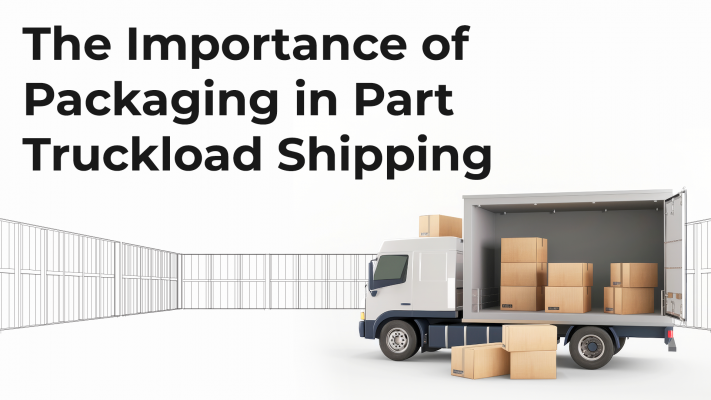

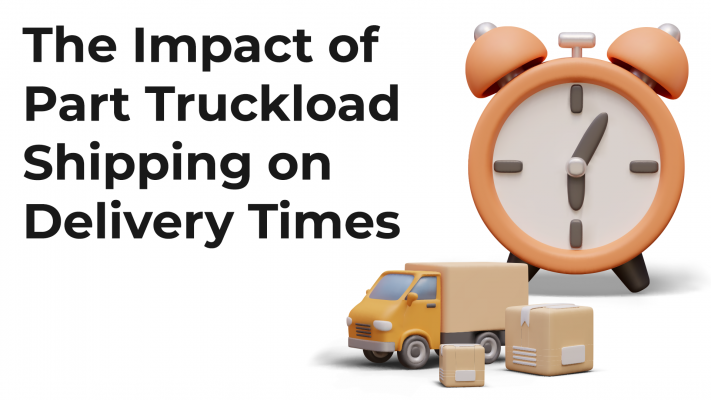
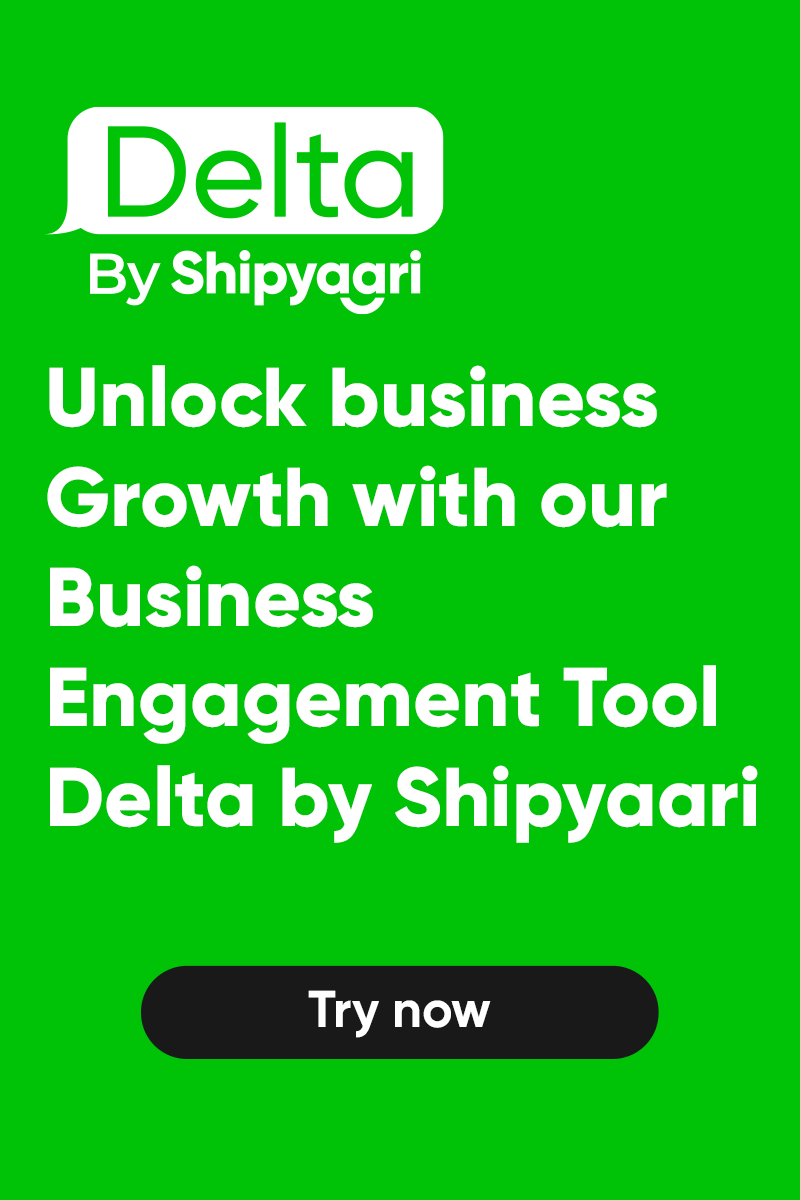
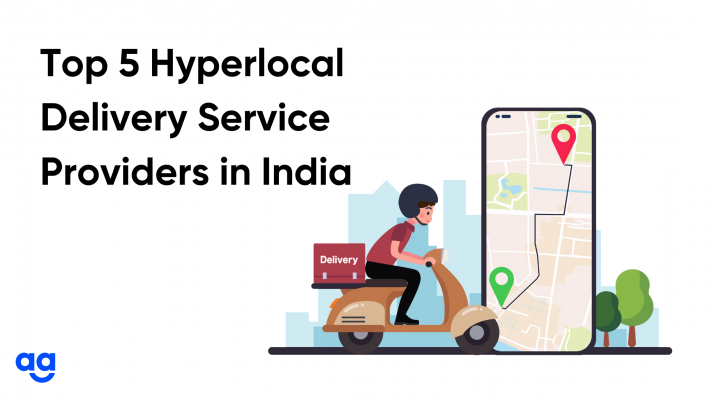
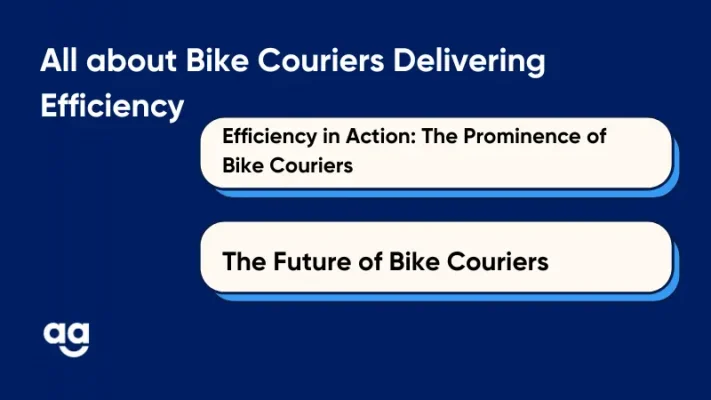
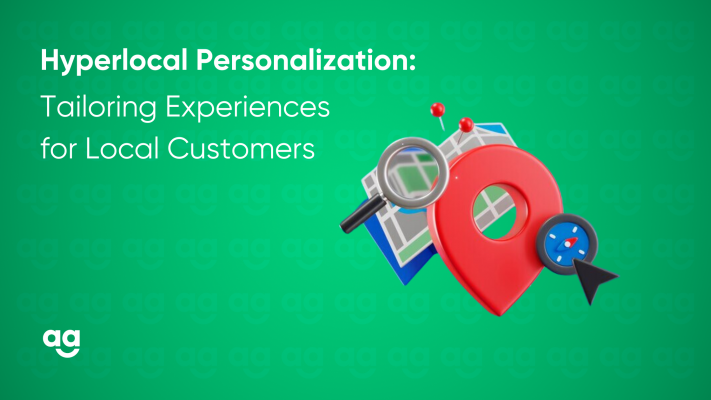
 Shipping
Shipping
